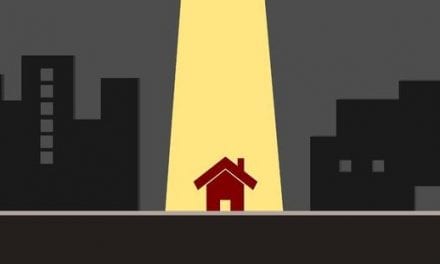I was recently talking to Andy Cohen and Katie Roper of Caring.com, a Senior Housing Forum Partner, about a curious reality in senior living. The most recent NIC data shows the average occupancy rate for senior living communities is 90.5%, which is not bad, but it is not really that great either. And yet we seem to be pretty satisfied, maybe even proud of that number.
Now maybe we are missing something, but 90% seems like it should be viewed as maybe a decent, fair and reasonably beatable, budget number but not a number that represents success. Here is why:
- If you were to take an 80 unit senior living community that has an average rate of $4,000 per month the difference between 90% and 100% is a whopping $32,000 per month or $384,000 per year. That is not a trivial amount for any building.
- Those last few residents cost the community hardly anything incrementally, which means that in the above example, the free cash flow would likely be close to $30,000 per month.
- Because this is an average, it also means there are some communities that are doing significantly better than 90% but it also means there are a bunch that are doing way worse.
- Being comfortable with 90% suggests we can’t really do any better than that.
- There are things you can do to close some or all of that gap.
Capturing The Last 10%
Andy, Katie and the whole Caring.com organization are focused on matching families with the right care for their loved ones, and on helping their partners move them in. Here is what they are seeing in communities are are capturing that last 10%:
- Those communities have sales people on duty seven days per week.
- They have other team members that can give a good tour and answer the most typical questions the rest of the time.
- Telephones are answered by people all of the time not automated menus or answering machines. They noted that in many cases communities are using third party call centers to make sure this happens right every time.
- They have great transparency with pricing, extras and the things they can and cannot do well.
- The executive director is accessible to residents’ families and prospects.
- The executive director is deeply and actively engaged in the marketing and sales process.
- They have a robust system for generating and nurturing Internet leads.
Internet Leads
In all of the communities that Caring.com works with, a carefully crafted Internet lead generation and management system is key to filling that last 10%. What they are finding is that using an Internet lead generation service like Caring.com can seem expensive, but that ultimately, it is a lot less expensive than the loss of revenue from an empty unit.
They start with a powerful listing on the Caring.com website, and keep it up to date as pricing and amenities change. The Caring advisors are only able to qualify families based on the information they have from partners. They are deliberate about asking residents and families to write reviews, and they monitor and respond to reviews as they are posted. They make sure there is always someone to answer phone calls and that all initial inquiries are responded to in an hour or less. And they don’t stop calling after the first attempt, but rather, try 3-4 times via phone and email.
They find there is no one specific thing that gets that last 10% done, but it is a constellation of doing a whole bunch of things just a little bit better than everyone else.
Calculating the ROI on that Last 10%
Caring.com has put together a worksheet that you can use to calculate your return on investment on the extra marketing programs you need to fill up your last 10% of units. Click here to download.
Steve Moran









